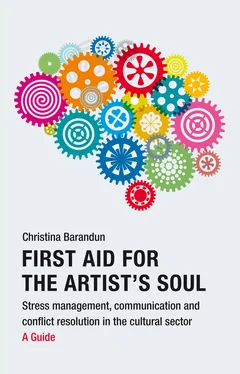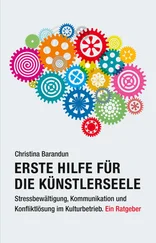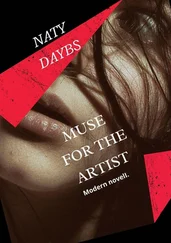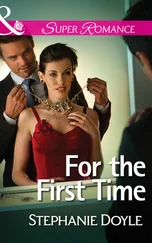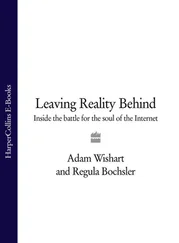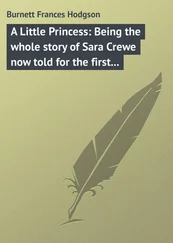Mental Training for the High-Performance Sport of Art
The work of an artist can be compared to that of a professional athlete: after years of training, they each have a small window in which to deliver a peak mental and physical performance. Theatre fans might even argue that artists have an even tougher job, since they’re judged not only against a physical standard, but also an ineffable artistic ideal.
In spite of this, the subject of mental coaching in the arts hasn’t yet gained much traction. Top-level sports teams have been using psychologists, mental coaches and mindfulness training for many years now, ensuring targets are hit, goals are scored and baskets are made when it matters – in high-pressure, competitive circumstances.
Artists, by contrast, whose ambition is not only to entertain but to do justice to the work, and to encourage social change through education, are often left high and dry. Artists also have to put in their best performance when it matters – when the curtain goes up and the house lights go down; they have to cope with stage fright, use their body in a precise and dynamic way, and sharpen their senses, all while remaining focused and ‘in the moment’. Establishing an awareness of the value and joy of mental coaching for artists can, just as in sport, enhance performance, and engender an approach to performing filled with serenity and ease.
There is No Such Thing as Impossible!
This is one of our mantras in theatre when it comes to things like implementing the craziest directorial ideas. So why shouldn’t it apply to healthier working conditions as well? In theatre, we use imagination and creative thinking on an everyday basis, and yet, in terms of outside-the-box employee development, the cultural sector is lagging at least twenty years behind the industrial sector. The art scene could become a pioneer here, not only by adopting the methods developed in industry, but also by coming up with new and unusual working practices, for instance suggesting family-friendly options for shift workers. This is vital to show that the creation of art can be a healthy occupation.
How else can a modern audience take seriously a play that deals with corrupt economic structures and human exploitation when everybody know of the pressured, exploitative working conditions backstage?
If we want to be taken seriously it is helpful to lead by example and “walk the talk”. And what could be more exciting than creating the conditions to make it the dream job it once was? You might consider basic occupational health and safety, as well as mental-health safeguarding, as you design more healthy frameworks for yourself as singer, dancer, actor or director.
There are, increasingly, legal imperatives for employers to protect employees, both mentally and physically. But, as is clear, the law alone is not enough: each and every artistic employee has a responsibility to change the prevailing way of thinking, and to act so that the provision of all-round health becomes a source of strength and power – and the basis of their own artistic future.
Chapter One: Things to Consider
•Approach the relevant person or department and ask about the structures in place at your company for employee protection at work – this might be the Health and Safety Executive (HSE), head of HR, the staff council, or even the company doctor.
•Do health promotion measures or even health management exist in your company?
•Do you know who to contact with complaints or comments about the staff cafeteria? Does the HSE know about your specific needs as an artist?
•Is the HR department aware of your needs, and do you have specific proposals to communicate to them? Maybe you’ve heard from artist friends at other theatres about measures you find exciting and convincing?
•What about the possibility of introducing further artistic training, things like voice lessons, or lessons on physicality and presence? Could training courses on coping with stress, communications or conflict management be offered? If you are on good terms with your artistic director, or the commercial or administrative director, ask them about it. Often, upper management will be unaware of your evolving needs, so make sure you communicate and make them aware of your wishes!
•Take the time to praise the technical staff and the HSE when you feel really well taken care of. Sincere and pointed praise for a job well done is always welcome – just like for all of us!
_____
1 See Friedemann Schulz von Thun: Miteinander reden , volume 2: Stile, Werte und Persönlichkeitsentwicklung , Hamburg: Rowohlt, 2008, pp. 40–43.
2 Yoshi Oida: “By keeping the movement deliberately simple and mentally concentrating intensely on the physical task, he gave the audience enough space for their own perceptions. Thanks to the ‘void’ he created, they could read from his movements whatever they wanted to.” (In: Yoshi Oida, Zwischen den Welten , Berlin: Alexander Verlag, 1993, p. 28.)
3 Let us look conversely at so-called “Fuck-Up Nights”, at which failed entrepreneurs talk about their failure. The objective is to learn from the mistakes of others and at the same time develop a realistic awareness of risk. Since normally it’s the success stories that are talked about more, and more often, a false perception emerges wherein these narratives are the most common.
4 See the study “Älter werden im Orchester. Eine empirische Studie zu Erfahrungen, Einstellungen, Performanz und Lebensperspektiven von professionellen Orchestermusikern” by Heiner Gembris and Andreas Heye, Paderborn University 2012.
5 See theatre statistics published by Deutscher Bühnenverein (German Theatre and Orchestra Association) 2013–14 (Köln), p. 46.
6 See the article at: www.sueddeutsche.de/kultur/bayerische-staatsoperder-intendant-ich-bin-das-theatre-1.971517.
7 See Simon Werther/Christian Jacobs: Organisationsentwicklung – Freude am Change , Chapter 8: “Erfolgsfaktoren der Organisationsentwicklung”, Berlin/Heidelberg: Springer, 2014, p. 139.
8 Constitution of the World Health Organization, status May 8, 2014, 2nd section.
9 See pathogenesis (pathos = suffering [passion], addiction; genesis) versus salutogenese (salus = health).
Конец ознакомительного фрагмента.
Текст предоставлен ООО «ЛитРес».
Прочитайте эту книгу целиком, купив полную легальную версию на ЛитРес.
Безопасно оплатить книгу можно банковской картой Visa, MasterCard, Maestro, со счета мобильного телефона, с платежного терминала, в салоне МТС или Связной, через PayPal, WebMoney, Яндекс.Деньги, QIWI Кошелек, бонусными картами или другим удобным Вам способом.
